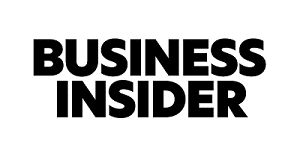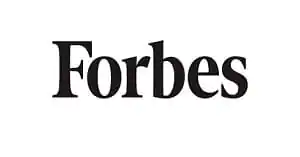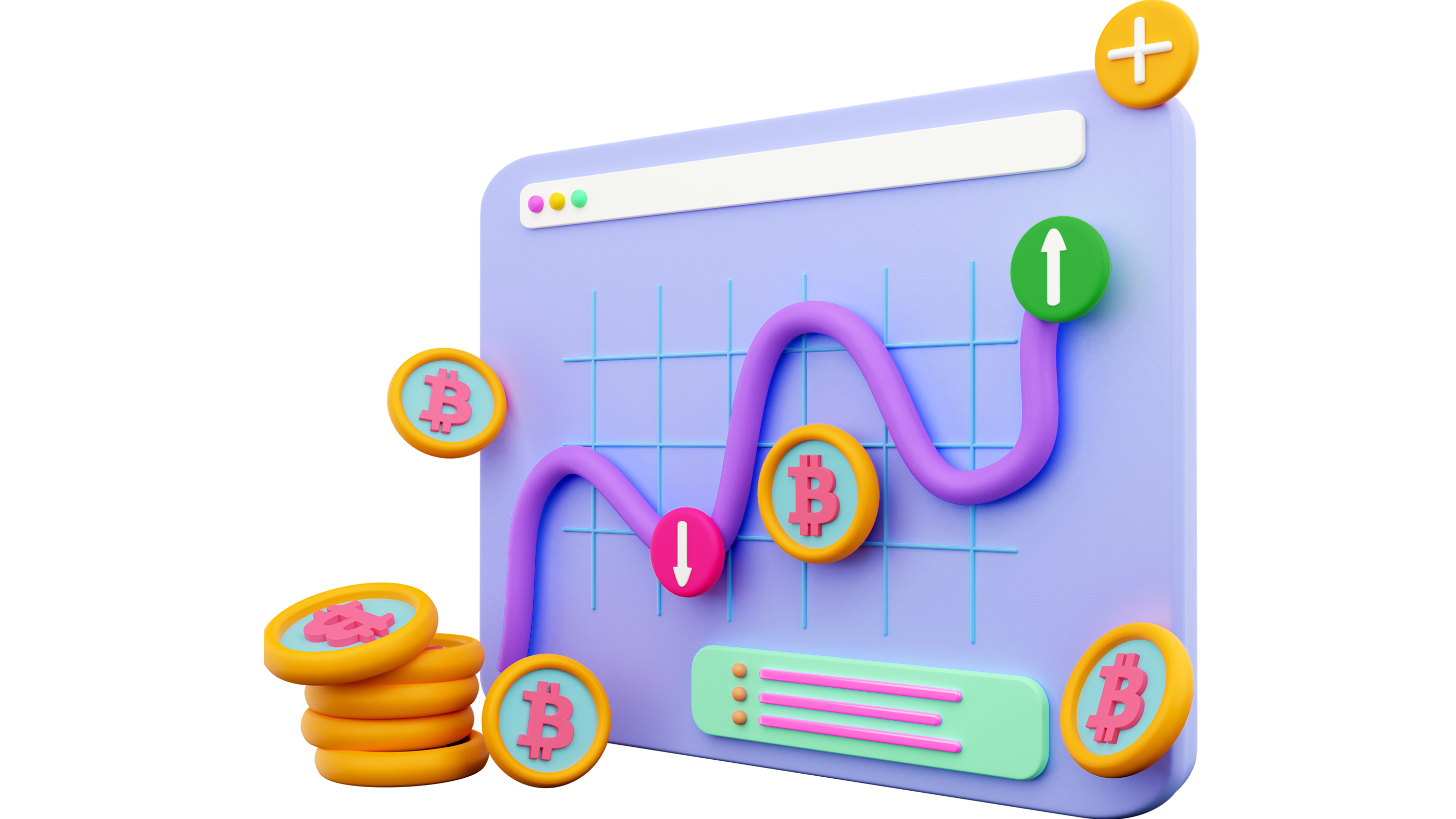Understanding and harnessing the power of Search Engine Optimization (SEO) is paramount for businesses and individuals alike these days. It’s the key that unlocks visibility in an overwhelmingly crowded online realm, enabling content to rise above the clamor and connect with target audiences.
At the heart of SEO, two fundamental components stand out, often overshadowed by trendy techniques and algorithm updates: Crawlability and Indexability. They form the bedrock upon which every successful SEO strategy is built.
The Two Main Pillars of SEO: Crawlability and Indexability
SEO, in its essence, is a dynamic mix of techniques, strategies, and practices aimed at improving a website’s visibility on search engine results pages (SERPs). It’s not just about sprinkling keywords or getting backlinks; it’s about ensuring that search engines can find, understand, and showcase your content effectively. This is where the importance of the two main pillars, crawlability and indexability, come into play.
Crawlability refers to a search engine’s ability to navigate through your website, reading and understanding the content, and determining its relevance. If your site isn’t crawlable, it’s like having a library where books are scattered haphazardly, making it impossible for readers to find what they’re looking for.
On the other hand, indexability is the subsequent step, where, after crawling, the search engine decides if your page is good enough to be stored in its database, to be showcased later when relevant queries are made.
Dive into Crawlability and Indexability
At its core, crawlability is about accessibility. It’s the measure of how accessible your content is to search engine spiders or bots. These automated agents are tasked with the job of scouring the web, collecting information, and bringing it back to their respective databases.
What is crawling?
Crawlability is the ability of a search engine to access and navigate the content on a website, effectively “crawling” through pages and internal links. When a website is deemed highly crawlable, it signifies that search engines can seamlessly traverse its expanse, understanding and cataloging its content. The importance cannot be stressed enough; if a search engine cannot crawl a site effectively, it’s almost certain the content won’t rank well, or at all, in the SERPs.
How search engines work: The crawling process
Search engines deploy bots, often referred to as spiders or crawlers, to the vastness of the web. These bots move from one link to another, collecting data about websites and their pages. The gathered data is then sent back and stored in the search engine’s index. The more easily a bot can move around and understand your website, the better your chances of achieving favorable rankings.
Factors affecting crawlability:
- Robots.txt: This file is like a guide to your website for search engine bots. It tells them which parts of the site to crawl and which parts to avoid. A misconfigured Robots.txt can accidentally block essential pages, impeding crawlability.
- Website structure: A logical and organized structure ensures that bots can move effortlessly through your content. Think of it as creating a roadmap for these crawlers, guiding them to the most vital sections of your website.
- Internal linking: This involves linking one page of your website to another. Effective internal linking ensures that search engine bots can find all your pages, especially the important ones, and understand their relationship and hierarchy.
Indexability and its Significance
Once a site is crawled, the next step is indexability. It’s the process that decides which of the crawled pages get to be included in the search index.
What is indexing?
Indexability refers to the likelihood of a webpage being added to the search engine’s index. A page that’s crawled but not indexed is virtually invisible to online searchers. Ensuring your content is indexable solidifies its chances of appearing in search results, driving organic traffic your way.
How search engines index pages
After crawling, search engines evaluate the content’s quality, relevance, and trustworthiness. Using complex algorithms, they then decide if a page is worthy of inclusion in their index. Once indexed, the page becomes eligible to rank for relevant queries.
Factors influencing indexability:
- Meta tags: Specifically, the “noindex” meta tag instructs search engines to exclude a page from their index. It’s crucial to ensure this tag is only used on pages you intentionally want to hide from SERPs.
- Content quality: Search engines prioritize high-quality, relevant content. If your content is thin, unoriginal, or not valuable, it may be ignored.
Duplicate content issues: Search engines want to present users with diverse results. If your content is too similar to existing content on the web, it might be overlooked during indexing.
The Symbiotic Relationship between Crawlability and Indexability
The intricacies of SEO often revolve around myriad factors, but few are as integral and interconnected as crawlability and indexability. Together, they create a delicate balance that lays the foundation for how search engines view and value a website.
The aforementioned analogy – comparing the relationship to a car and its fuel – paints a vivid picture. Just as a car, no matter how sophisticated or powerful, is rendered useless without fuel, a website, irrespective of its content quality or user interface, is practically invisible without the combined force of crawlability and indexability.
To appreciate this interplay, consider the following:
- Sequential Processes: The journey begins with crawlability. Before a page can even be considered for indexation, it needs to be accessed and understood by search engine bots. Crawlability ensures this doorway is open. But being accessible doesn’t imply assured indexation. That decision rests on the subsequent process – indexability.
- The Filtering Mechanism: Indexability acts as a filtering mechanism. Of the numerous pages crawled, not all are indexed. Herein lies the distinction. While crawlability ascertains accessibility, indexability evaluates worthiness. It assesses whether a page offers value, ensuring users get the most relevant and useful search results.
- Dynamic Feedback Loop: The processes aren’t linear but rather cyclic. As websites update content, add new pages, or make structural changes, search engines re-crawl and re-evaluate their indexation decisions. This constant feedback loop ensures that the search results remain fresh, relevant, and in sync with the evolving web.
- Combined Impact on SEO: Separately, each process holds its merit. But it’s their combined effect that’s pivotal. A highly crawlable site with poor content might get noticed but won’t rank high due to weak indexability. Conversely, a site with stellar content that’s not crawlable remains in the shadows, unseen by search engines.
Realizing this symbiotic relationship, webmasters must focus on a two-pronged approach. First, by eliminating crawl barriers – ensuring a logical site structure, optimizing robots.txt, and fostering robust internal linking. Second, by consistently delivering high-quality, unique content that meets the criteria for indexation.
Understanding and optimizing for both crawlability and indexability is not just recommended but essential. Their intertwined nature and combined impact are the gears that drive the SEO machine, guiding websites from obscurity to the coveted spotlight of the first page of search results.
Enhancing Your Website’s Crawlability and Indexability
Understanding the significance of crawlability and indexability is half the battle. The next logical step is optimizing your website to enhance both aspects. Thankfully, several proven best practices can help you achieve this, ensuring that your website remains both accessible to and valued by search engines.
Best Practices for Improving Crawlability
- Utilizing XML sitemaps: An XML sitemap serves as a roadmap of your website, guiding search engine bots through all your important pages. By submitting an XML sitemap to search engines, you make it easier for them to discover and crawl your content.
- Ensuring a mobile-friendly website: With the rise of mobile searches, search engines prioritize websites that provide a seamless mobile experience. Implementing responsive design ensures that your site is accessible and functional across various devices, enhancing its crawlability.
- Improving site speed: Search engine bots have a limited crawl budget. If your website is slow, they might not crawl all your pages. Faster sites are crawled more efficiently, so optimizing your site speed, from server response times to image compression, is crucial.
Best Practices for Improving Indexability
- Making use of schema markup: Schema markup, a form of microdata, gives search engines a better understanding of your content. By clarifying the context of your content (e.g., distinguishing between a ‘book’ as a medium and ‘book’ as an action), you enhance its indexability.
- Avoiding “noindex” tags unless necessary: While the “noindex” tag has its uses, like keeping private pages off search engines, it should be employed judiciously. Accidentally applying this tag to important pages can prevent them from appearing in SERPs.
- Ensuring high-quality, unique content: Content remains king in the realm of SEO. Search engines are always on the hunt for fresh, relevant, and valuable content. Regularly updating your site with original content that provides value to readers not only boosts indexability but also improves your chances of ranking higher.
By embracing these best practices, you position your website to be both easily crawlable and deemed worthy of indexation. Remember, in the vast digital landscape, ensuring that search engines can both find and value your content is pivotal. Only by mastering both crawlability and indexability can you truly optimize your site’s SEO potential.
FAQs on the Pillars of SEO
Conclusion
Amidst the ever-evolving landscape of SEO, the constants of crawlability and indexability stand tall. They are the pillars that ensure a website’s visibility and relevance in the vast digital realm. As we navigate the complexities of online optimization, prioritizing these foundational elements will always steer us towards genuine connections and visibility in the digital age.





















